
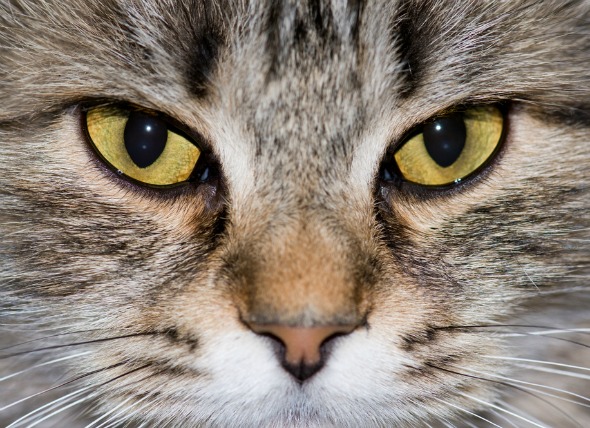
The pupil is the circular opening in the center of the eye that allows light to pass through. The pupil expands when there is little light present, and contracts when there is a greater amount of light present. Anisocoria refers to a medical condition of unequal pupil size where one of a cat's pupils is smaller than the other. With proper detection of the disease's underlying cause, a treatment plan can be made to resolve the issue. Anisocoria may be an indication of a serious injury or disease, so a prompt medical diagnosis is essential.
The most noticeable symptom is when one pupil is visibly smaller than the other, but there may also be concurrent pain, such as pain in the eye, or pain in the head. Pain may be evidenced by pawing at the head or tilting the head to one side. Confusion may also be present, which may indicate head trauma or internal pressure.
There are several potential causes of an altered pupil size in cats, including inflammation in the frontal region of the eye, increased pressure in the eye, diseases that are focused in the iris tissue itself, a poorly developed iris, scar tissue build up in the eye, medications, or tumors.
Your veterinarian's primary goal will be to isolate the cause of the unequal pupil size by examining for evidence of head trauma, neurological (nervous system) disorders, and abnormalities that are related solely to the eye. Ultrasound can be used to detect lesions in the eyes, while computed tomography (CT) and magnetic resonance imaging (MRI) can be used to identify any lesions or growths in the brain that may be causing the condition.
Treatment will be fully dependent upon the underlying cause of the issue.
If medication is prescribed, you will need to ensure that all of the medication is given fully and as directed.
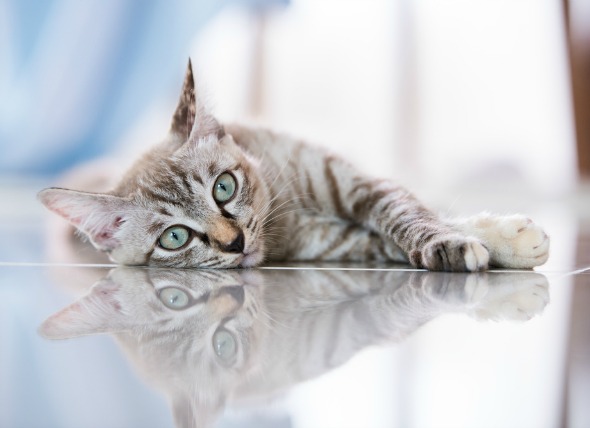 Skin Diseases from Allergies in Cats
Eosinophilic Granuloma Complex in Cats
Eosinophil
Skin Diseases from Allergies in Cats
Eosinophilic Granuloma Complex in Cats
Eosinophil
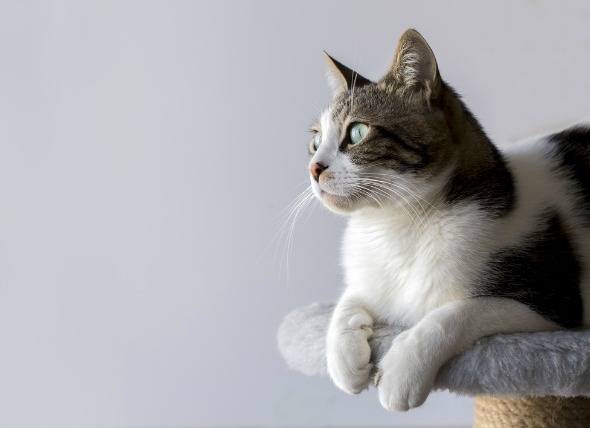 Head Pressing in Cats
Pressing the Head Against Objects in Cats
Head pr
Head Pressing in Cats
Pressing the Head Against Objects in Cats
Head pr
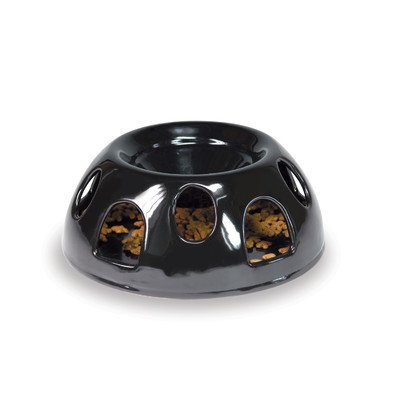 How Environmental Enrichment Can Address And Prevent Feline Problem Behavior
Cats have evolved over the y
How Environmental Enrichment Can Address And Prevent Feline Problem Behavior
Cats have evolved over the y
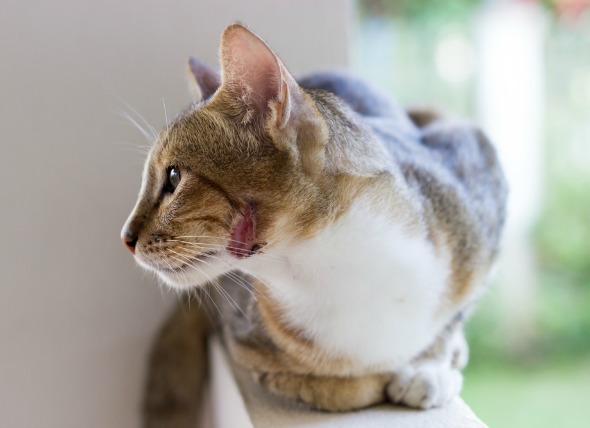 Bacterial Infection (Pyoderma) of the Skin in Cats
Pyoderma in Cats
When a cat's skin is cut or
Bacterial Infection (Pyoderma) of the Skin in Cats
Pyoderma in Cats
When a cat's skin is cut or
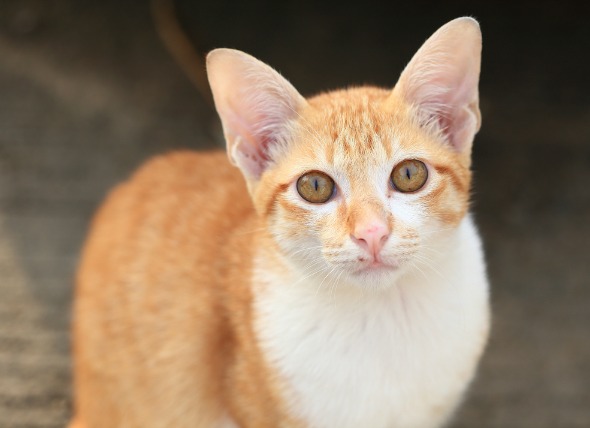 Brain Tumors in Cats
While brain tumors in cats remain fairly uncommon
Brain Tumors in Cats
While brain tumors in cats remain fairly uncommon
Copyright © 2005-2016 Pet Information All Rights Reserved
Contact us: www162date@outlook.com